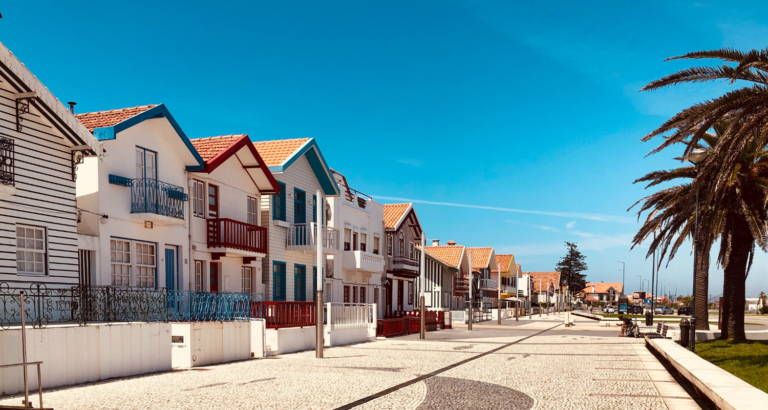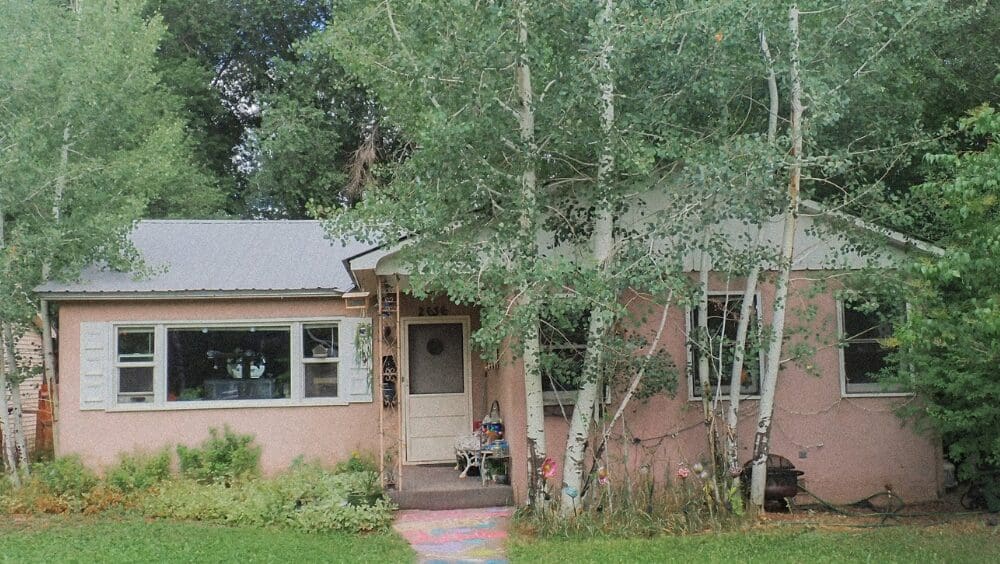
The U.S. housing market is undergoing a rebalancing. Visit HomeLight’s 2022 Housing Trends Hub for information on how to navigate a shifting market — whether you’re a seller, buyer, or homeowner. Ever since 2021’s record home prices, Americans have been waiting for that too-good-to-last bubble to burst. Although the housing market still ran hot at the beginning of 2022, higher grocery prices, fewer home sales, and other factors from summer to fall made economists and armchair analysts wonder: Are we in a recession? Not quite, although those anxieties are understandable. Here, we’ve looked at several expert analyses to help you get a better understanding of what a recession is, what causes a recession, and what signs show whether we’re in a recession in 2022 — or approaching one. The general macroeconomic definition of a recession is “two or more consecutive quarters of a negative growth rate of gross domestic product,” or GDP. That’s the total value of everything the United States produces, as measured by the U.S. Bureau of Economic Analysis. The GDP dropped 0.6% in the second quarter of 2022 after falling 1.6% in the first quarter of 2022, data shows. However, the National Bureau of Economic Research (NBER) of Cambridge, Massachusetts, a private, nonpartisan organization of nearly 1,700 economists that analyze major economic issues, defines a recession as “a significant decline in economic activity that is spread across the economy and that lasts more than a few months.” A recession starts at the peak of a business cycle and ends at the trough, the NBER says. Several factors can cause a recession, according to the investment and savings app Acorns, which has over 11 million users. These include: Think of a recession as a tumbling chain of events that shrinks the economy, notes The Washington Post: “If the price of a hamburger goes up, you might stop buying hamburgers. This would impact a restaurant, and that would impact a server.” To identify a recession, the NBER examines several federal measures of economic activity beyond industrial production, including employment, real income, and wholesale-retail trade. Other declines in economic activity might include: Currently, economists notice some of these factors but not others. Check out the housing market, for instance, where drops in sales haven’t affected home prices. Existing home sales in July fell 5.9% month-over-month and 20.2% year-over-year, according to the National Association of Realtors (NAR). Yet the median existing home price nationwide rose to $403,800, a 10.8% increase from $364,600 in July 2021. “We’re witnessing a housing recession in terms of declining home sales and home building,” NAR Chief Economist Lawrence Yun said in a statement. “However, it’s not a recession in home prices. Inventory remains tight, and prices continue to rise nationally with nearly 40% of homes still commanding the full list price.” Instead of eyeing the stock market, some analysts watch for an inverted yield curve. This occurs when short-term government securities, such as a three-month Treasury bill, yield more than a 10-year Treasury bond, signaling that bond traders expect weaker future growth, according to Kiplinger. Others look for economic signs from top companies, NPR says. Lower ad sales and reduced capital spending indicate that corporations are cautious about what lies ahead. A recession is like the ebb of a wave: something expected after a natural buildup. “Expansion is the normal state of the economy; most recessions are brief,” the NBER says. NBER data shows there have been 34 recessions since 1854. According to Kiplinger, a recession has occurred an average of about three-and-a-quarter years since 1857. Since World War II, the nation has gone an average of nearly five years, or 58.4 months, between recessions. Again, because this is an average, this frequency varies. Before the pandemic-related recession in February 2020, the most recent recession was in December 2007, roughly twelve years earlier, the NBER says. Just like economists know recessions are part of the economic cycle, they also expect recoveries. There’s no way to predict how long it takes for the economy to rebound, though. Some of these contract-and-expand cycles “may be quite extended,” the NBER says. On average, recessions last about 11 months, according to The Washington Post. The Great Depression, a recession triggered by the stock market crash of August 1929, lasted 43 months, or until March 1933, but that’s not the nation’s longest, NBER data shows. Officially known as the Long Depression, that occurred after a stock market panic in 1873 and lasted for over five years, until 1879. The pandemic-related recession of 2020 is the shortest on record, lasting about two months. The recession prior to that, dubbed the Great Recession, began in December 2007 and lasted until June 2009 — just 18 months — although the recovery afterward took years. Considering multiple factors, experts say no — but there’s likely to be a recession over the next year. In fact, among 2,000 consumers surveyed this summer, 59% say they expect a recession in the next six months, according to MagnifyMoney, a personal finance site that Lending Tree acquired in 2017. The Conference Board, a non-partisan, not-for-profit think tank founded in 1916 that analyzes financial trends worldwide, predicts a “relatively short and somewhat mild” recession by the year’s end, citing inflation and the Federal Reserve’s “rising hawkishness.” The Federal Reserve often raises interest rates to combat inflation. The Inflation Reduction Act of 2022, signed into law in August, likely will take one to two years to impact the overall economy, the board says. Two-thirds of consumers in a recent study from the global management consulting firm McKinsey & Company said they were concerned about rising prices and inflation, which this summer hit its highest level in roughly 40 years. While gas prices dropped 7.7% in July after rising 11.2% in June, the annual inflation rate reached 8.5%, according to the Consumer Price Index from the U.S. Bureau of Labor Statistics (BLS). Food prices climbed 1.1%, soaring 10.9% over the previous 12 months, the largest 12-month increase since 1979. Yet the labor market remains strong. The unemployment rate remained low in August at 3.7%, just 0.2% above July’s 3.5% rate, which tied for the lowest since 1969. Hourly wages increased 0.5% in July and rose 5.2% from a year earlier. As CNBC notes, “There is no historical precedent to indicate that an economy in recession can produce 528,000 jobs in a month.” As of September, the current average rate for a 30-year fixed mortgage was around 6%, according to Federal Reserve Economic Data. Financial experts say the Federal Reserve is on track to raise interest rates by another 0.75% this month to moderate inflation, which could slow economic activity and increase unemployment. If you’re experiencing a major life change, or if selling your house was one of your goals this year, all this talk of a recession might give you some added anxiety. You’re not alone: 68% of Americans in a recent survey say they don’t feel prepared financially for a recession. The good news is, most of those same respondents (89%) are taking at least one step to change that. Here are a few suggestions to place yourself on better financial footing: While financial experts haven’t declared we’re in a recession yet, one may be on the horizon, given the typical turns of the economic cycle. Use this time to take your financial picture and make adjustments so you can ride out whatever downturn might lie ahead — and take comfort in knowing that no recession lasts forever.What is a recession?
What causes a recession?
What are the warning signs of a recession?
How often do recessions occur?
How long do recessions last?
Are we currently in a recession?
Tips to get through a recession
Conclusion: Your next steps



